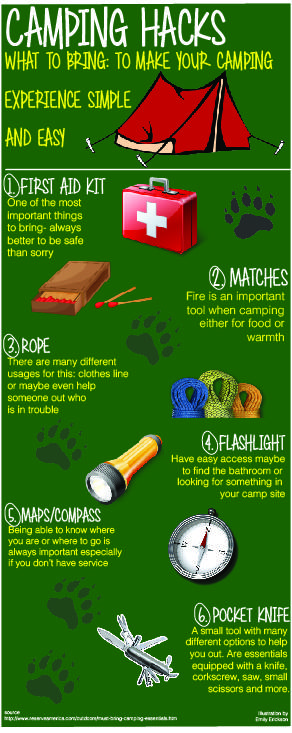Dominate Your Market Promote Your Online Camping Tents Venture By Selling Camping Tents
Dominate Your Market Promote Your Online Camping Tents Venture By Selling Camping Tents
Blog Article
The History of Bell Tents
From the nomadic people of Central Asia to glamping websites all over the world, bell outdoors tents have actually come to be an icon of rustic journey. Their famous shape and roomy interiors create an ambiance that is both comfy and majestic.
Are tents waterproof?
Their origins can be traced to army tents made by Henry Hopkins Sibley, that patented the conelike canvas sanctuary in 1856. The style was based on the Native American teepee and was created to be quickly put together, resilient and portable.
Origins
The bell tent has been a staple for outdoor enthusiasts since the 19th century. The layout is rooted in military camping tents that saw solution in the Crimean War, and later on came to be prominent with scout teams across America. The American Sibley tent was a version of the European bell outdoor tents. Its inventor, Henry Hopkins Sibley, took inspiration from the Native American tepee when creating his version. His version included a solitary center pole, raised larger wall surfaces and an airing vent cap that enabled smoke from the stove to run away.
Today, modern canvas bell tents offer a sense of luxury for camping lovers and are a preferred option for glamping retreats. With a spacious interior and an eye-catching form, these outdoors tents can be embellished with furniture and design to create a comfortable and intimate environment for owners. The round design also assists with wind resistance and permits versatile interior layouts. The simpler design with less poles and risks makes it much easier to set up camp and transport to different locations.
Army Usage
The Bell Outdoor tents was a home-away-from-home for many soldiers in the 18th century. It was made use of on the combat glamping tent zone along with for command centres and field hospitals.
Its capacity to be swiftly established in a range of objective situations allowed it to serve as a reliable sanctuary and office. Its modular layout means it can expand or get to fit the demands of various sized teams and missions.
In addition, it can be conveniently moved utilizing a variety of cars and manual transportation, making it a functional choice for armed forces and rescue operations. Its lightweight, portable nature additionally makes it much easier for soldiers or rescuers to lug and trek across complex surface to reach their mission website. This saves valuable time and sources.
Glamping
With the increase of glamping, bell tents ended up being popular as an extravagant outdoor camping option. Their renowned shape produces a wonderful setting and can be fitted with trendy furnishings to include an added touch of convenience to your camping experience.
In the 19th century, the army adjusted the design to make it extra resilient and functional for usage on war zones and explorations. Animal hides were replaced by canvas that had actually been treated with waterproofing agents, making it possible for the bell tent to stand up to harsh climate condition.
The bell tent's functionality caught the interest of entertainment campers, and it rapidly obtained popularity as a camping tent for camping journeys and other exterior events. It is now a staple at shop camping sites, songs festivals, and eco-resorts, where it uses a mix of nostalgia and class.
Layout
The bell tent's basic layout caught the eye of leisure campers, and it quickly ended up being a staple amongst those who wished to experience the outdoors in style. Today, you can find these functional structures in camping sites and at glamping retreats throughout the world.
The first patented version of the bell outdoor tents was developed by Henry Hopkins Sibley during the American Civil Battle, attracting inspiration from Indigenous American tipis. He included a single central post, brief side wall surfaces, and a vented "cap" for smoke from a range to produce his cutting-edge tent.
In time, Sibley's layout boosted with the enhancement of breathable canvas and various other materials that allowed the tent to control its temperature. Modern bell camping tents are made from a selection of products, consisting of cotton and blends with flame retardant fabric to minimize fire threats. Their sizable insides are excellent for arranging furniture to produce comfy resting locations and lounge rooms. They are additionally light-weight and very easy to assemble, making them an excellent selection for newbies or anyone trying to find a worry-free camping experience.
What is a tent footprint?
